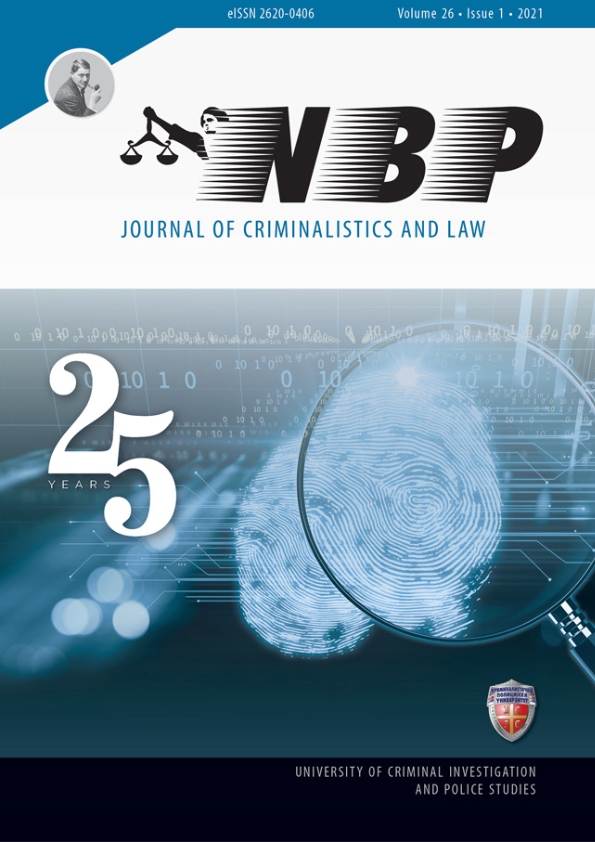Analysis of the Frequency of Verbal and Vocal Signs in True and False Statements
Analysis of the Frequency of Verbal and Vocal Signs in True and False Statements
Author(s): Valentina Baić, Zvonimir M. Ivanović, Milan VeljkovićSubject(s): Law, Constitution, Jurisprudence, Psychology
Published by: Kriminalističko-policijski univerzitet
Keywords: verbal signs; vocal signs; false statement; true statement; cognitive load
Summary/Abstract: The paper presents research aimed at analysing the frequency of verbal and vocal signs in a situation of false and true statements, by introducing a secondary task. The research involved 100 students (47 men and 53 women) of the master's studies of criminal investigation at the University of Criminal Investigation and Police Studies, aged 23-44. Students had the task, based on the observation of twenty selected videos (10 true statements and 10 false statements), to mark the frequency of each individual verbal and vocal sign, on a previously generated and prepared list. The results show that there is a statistically significant difference in terms of the frequency of all verbal and vocal signs in a false or true statement: response latency, speech hesitation, speech errors, speech rate, number of spoken words in the utterance, and length of utterance. Response latency, speech hesitation, and speech errors have higher median values in false utterances than in true ones, while speech rate, number of words spoken, and length of utterance show higher median values in true than false utterances.
Journal: NBP – Nauka, bezbednost, policija
- Issue Year: 26/2021
- Issue No: 1
- Page Range: 7-19
- Page Count: 14
- Language: English

